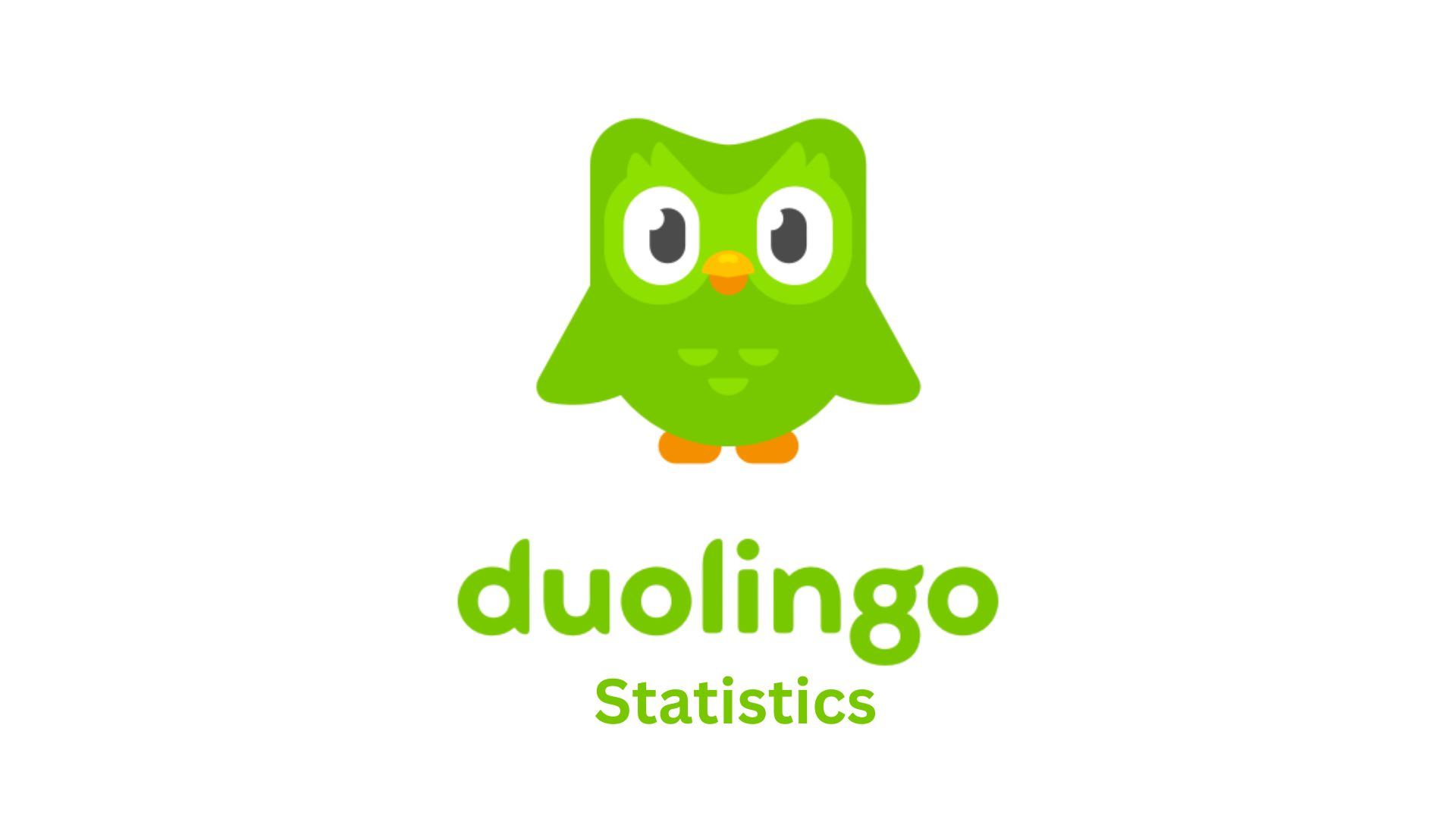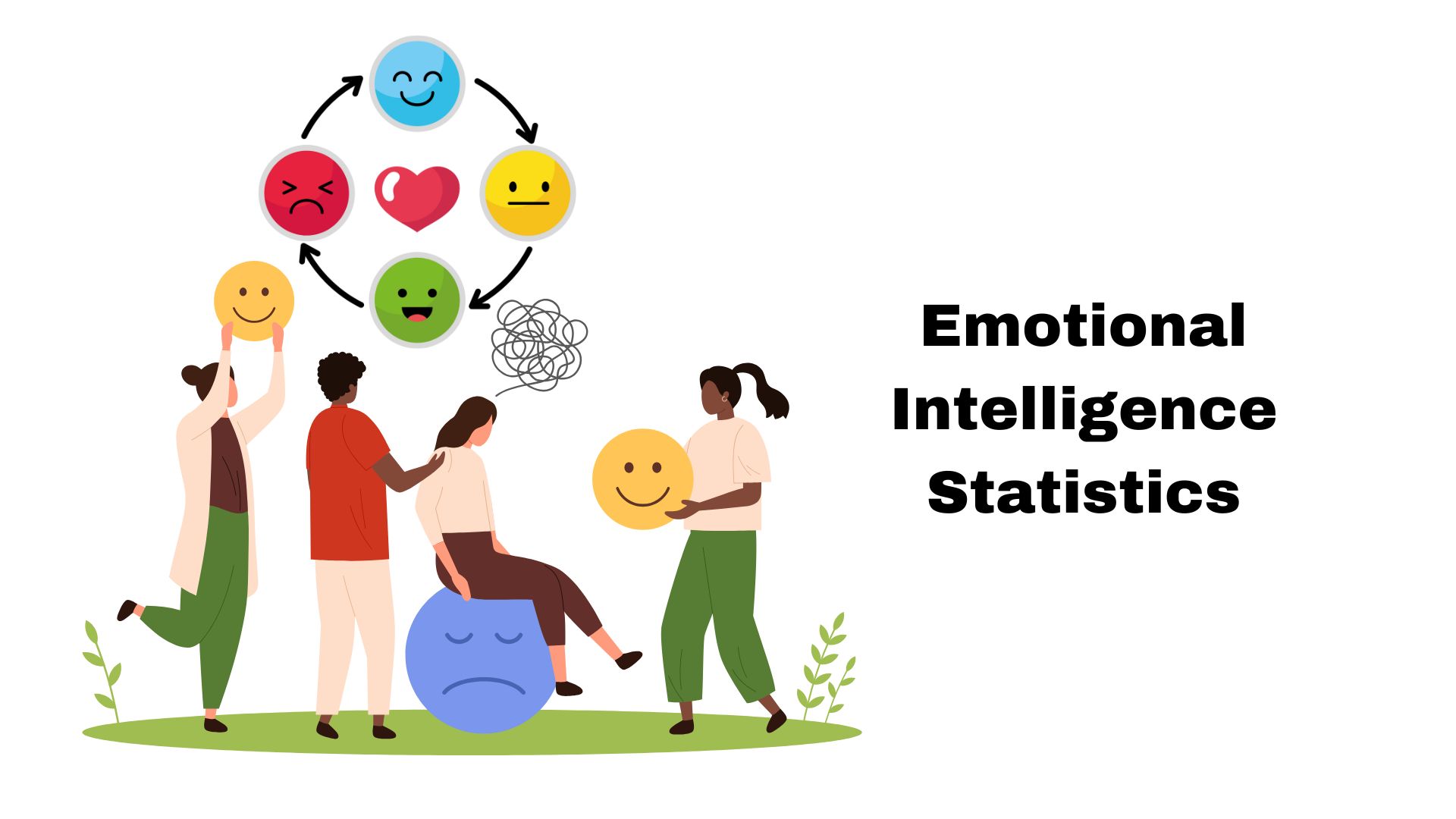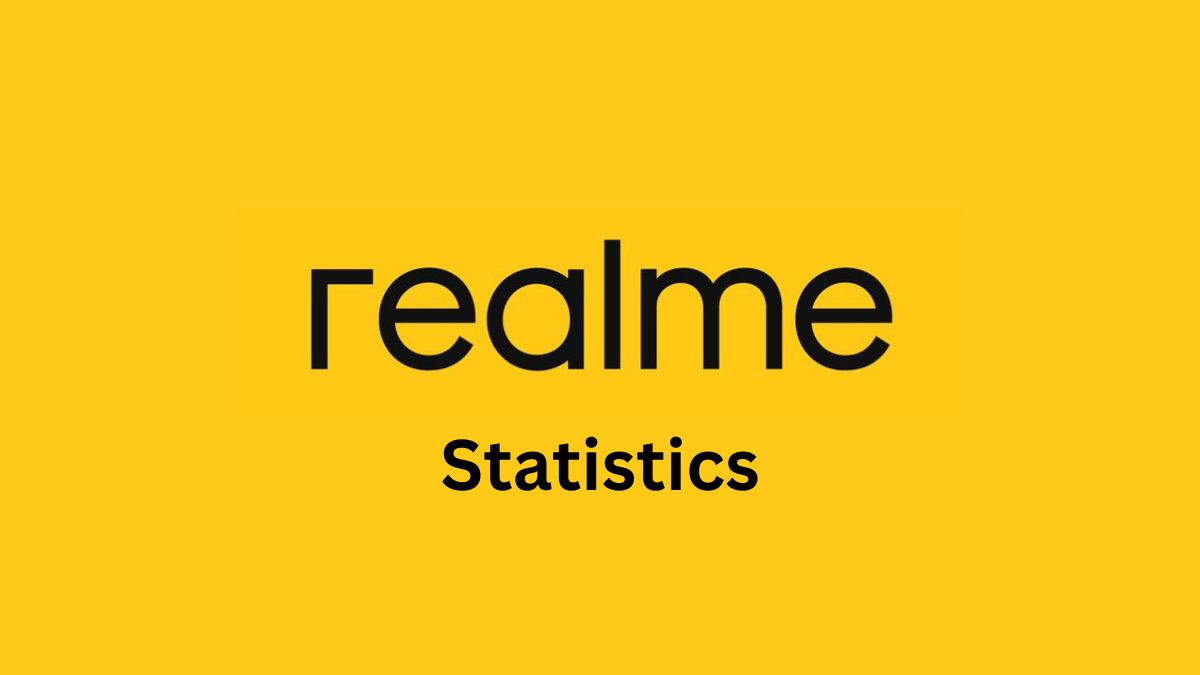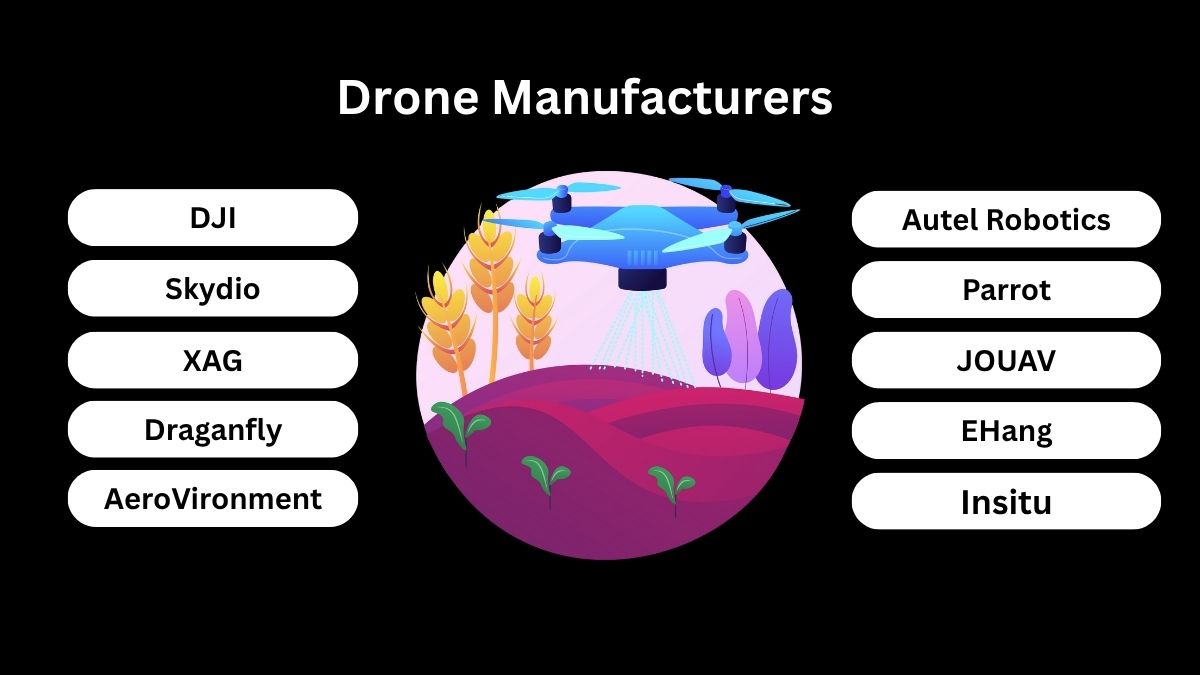Conversational Commerce Statistics By Market, AI Chatbot And Facts (2025)
Updated · Jul 16, 2025
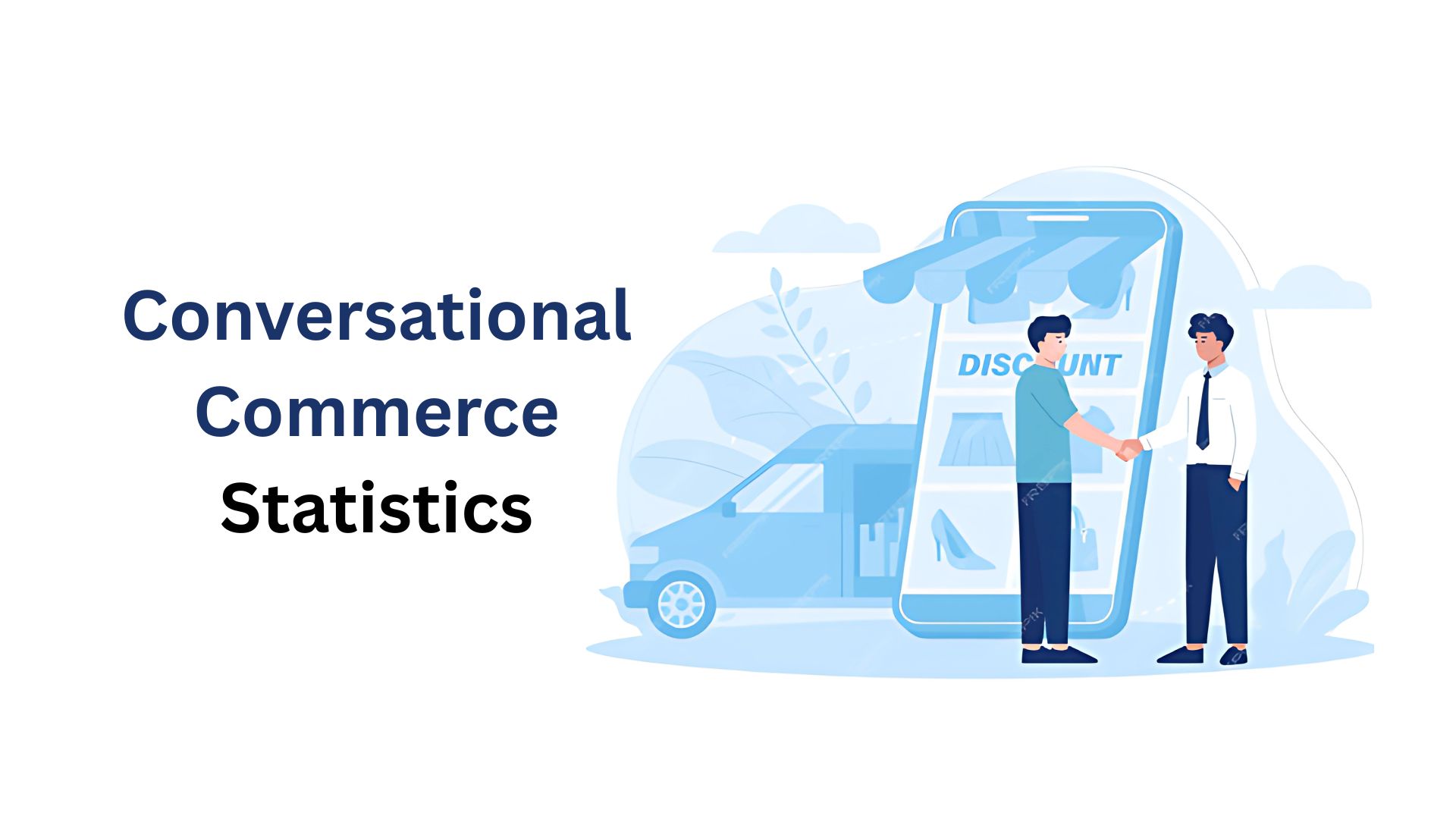
Table of Contents
Introduction
Conversational Commerce Statistics: Conversational commerce is transforming consumer-brand interactions through the use of messaging apps, chatbots, and voice assistants. The idea is to develop real-time, independent, and interactive communication to provide a seamless transition from online browsing to decision-making for purchasing.
In 2024, it will become an essential component of any digital commerce strategy worldwide. This article will indicate the key conversational commerce statistics and their trends.
Editor’s Choice
- Conversational commerce is worth US$7.6 billion worldwide in the year 2024 and is expected to grow to US$34.4 billion by 2034 at a CAGR of 16.3%.
- Conversational AI helps companies reduce customer service costs by 15% to 70%.
- 90% of companies using chatbots save up to 4 minutes per query, costing just US$0.70 per interaction.
- In 2023, retail, banking, and healthcare saved US$11 billion using conversational AI tools.
- 70% of chatbots are deployed in retail, with chatbot-assisted retail sales forecast to reach US$112 billion in 2023.
- Chatbots have helped increase sales by 67% in sales and interactions between agents increased by 250% since the onset of the pandemic.
- Conversational commerce GMV in Southeast Asia is expected to hit US$23 billion in 2027, with 40% of Thai and 36% of Vietnamese consumers making purchases through this system.
- Leading industries using chatbots include real estate (28%), travel (16%), and education (14%).
- One-third of e-commerce chatbot interactions revolve around product information, 20% involve shipping, and 4% concern returns.
- About 87% of consumers would engage travel chatbots if doing so would save them time and money.
- J.P. Morgan saved 360,000 work hours using AI in the review of complex contracts.
- From US$586 million in 2019, the BFSI chatbots market is forecasted to reach US$6.83 billion by 2030.
Facts About Conversational Statistics
- Online sales have changed corporate communication with the customer, trying to recreate in the digital space the face-to-face experience.
- Retailers hope to have an online shopping experience that is smooth and that feels as enjoyable as using the product.
- Shoppers nowadays expect brands to be available for communication via messaging apps and automated customer service systems.
- Messaging apps lead customers to online stores and physical stores alike and play a key role in brand awareness, at least in Mexico.
- WhatsApp, Telegram, and other such apps are post-purchase support systems to nurture long-term customer relationships.
- For business purposes, WhatsApp is more popular in Asia and Europe.
- Chatbots can handle routine customer queries automatically when they are embedded into messaging apps or marketplaces.
- Most questions raised involve product detail inquiries, shipping status, and returns or exchanges.
- Some customers believe AI-based chatbot services will replace traditional call centres; nevertheless, a larger number of customers prefer human service, especially in some countries.
- Modification of chatbot features depends on the frequency with which these elements influence the customer’s buying decision.
- Google and Amazon assistants spurred the rise in voice shopping, which, until a few years ago, was waning in popularity but is now back in the spotlight because of generative AI.
- Generative AI steps up the game for voice-activated shopping assistants, which led to the fast growth of voice commerce from 2021 to 2023.
- Over the past year, more than one-fourth of consumers have engaged in voice shopping at least monthly, with Gen Z consumers being the most receptive to these emerging forms of commerce.
Market Size of Conversational Commerce
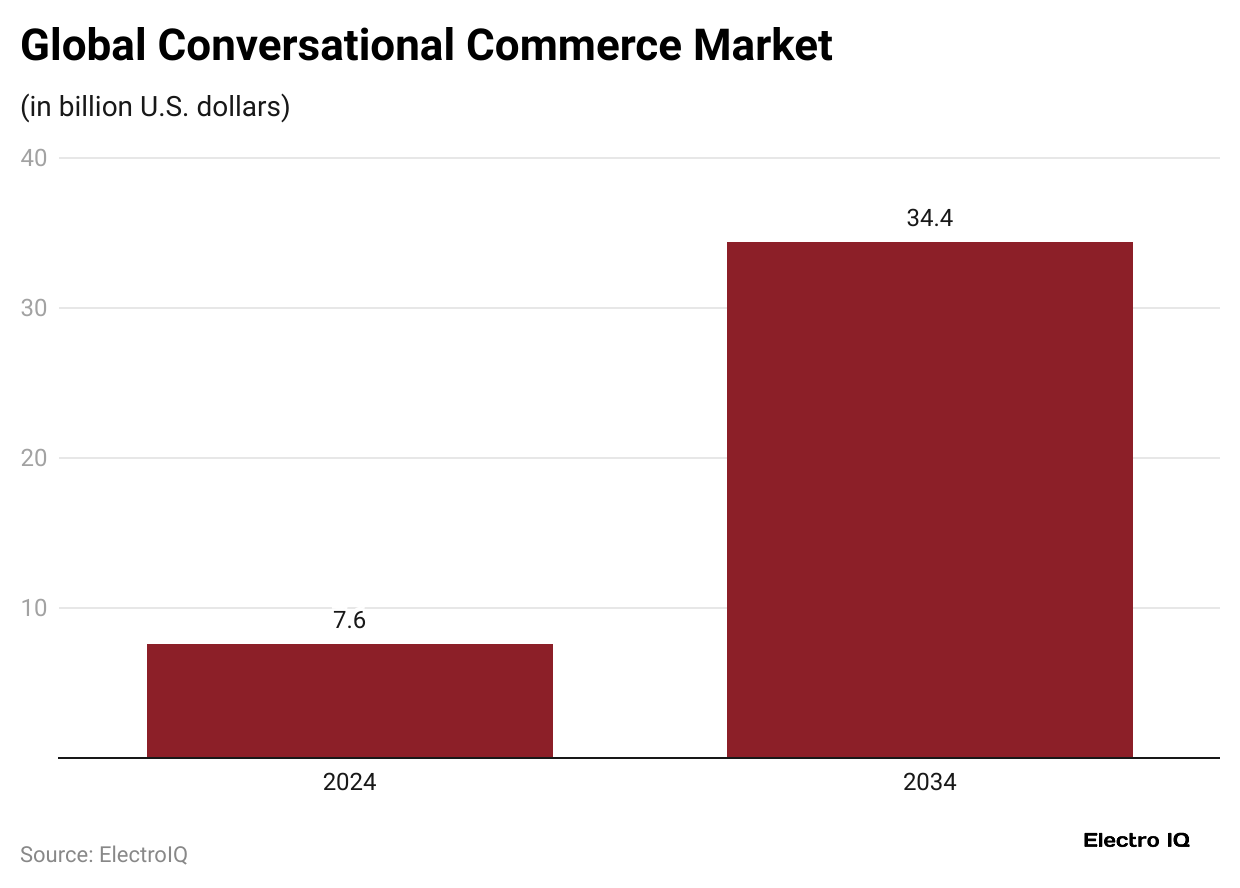
- As per Cube.Asia, conversational commerce statistics state that today, the Global Conversation Commerce Market enjoys a valuation of US$7.6 billion in 2024.
- It enjoys steady growth over the next 10 years, rising at an average yearly rate of 16.3%. Must this trend is sustained, the market will find itself at US$34.4 billion by 2034.
Types of interaction with e-commerce AI chatbots
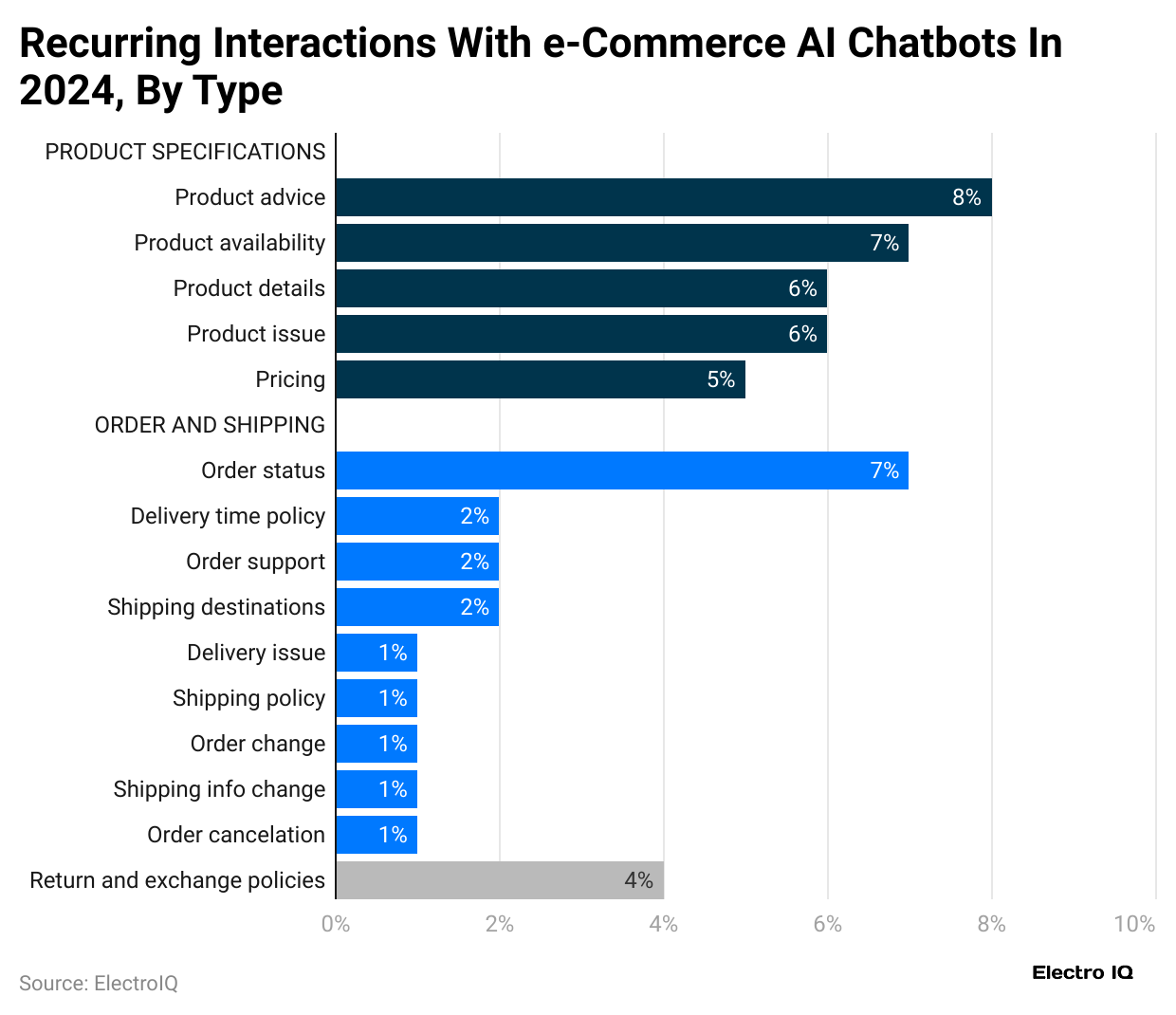
- It was found a 2024 study found that one-third of all conversations with the e-commerce AI chatbot were about product-related questions, such as being requested for product recommendations, stock availability, or product specifications.
- About 20% were conversations about the order status and shipping details. Slightly above 4% were about returning a product or setting up an exchange.
Conversational Commerce Landscape in Southeast Asia
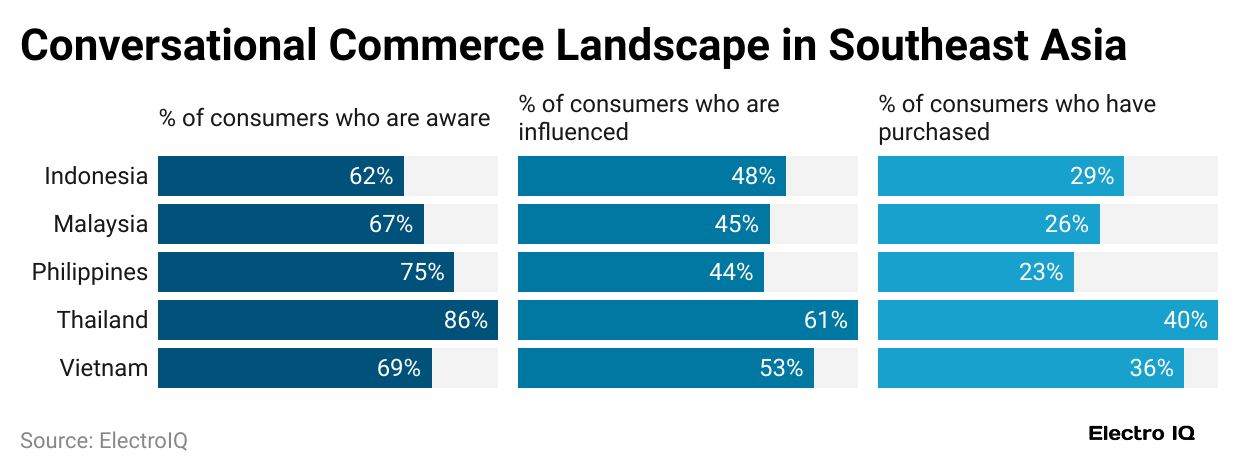
- In Southeast Asia, conversational commerce is still blossoming with slow growth anticipated for the near future. For 2027, the projection of conversation commerce Gross Merchandise Value (GMV) in the region is put at US$23 billion.
- Adoption varies per country, with Thailand and Vietnam identified as the highest-engaged countries. According to the 5,000-shoppers survey, 40% of consumers in Thailand and 36% in Vietnam reported having ever made a conversational commerce purchase.
- While adoption is on the rise, there is still a lot more potential for further adoption in the region in the coming years.
Conversation AI At the Corporate Level
- Chatbots help businesses increase sales by 67% on average, making them powerful promoters. Ever since the pandemic, some businesses have witnessed an up to 250% increase in interactions with conversational commerce agents.
- Moreover, these help efficiency-wise since 90% of companies that work with chatbots report saving about four minutes per query from customer interaction, all at an average low price of US$0.70 per interaction.
- According to MIT, 90% of the enterprises using conversational AI can now entertain and settle claims faster than ever.
- More than half of the companies-about 57%-hold the belief that robots provide huge returns for the least effort.
- Using conversational AI could lead to savings anywhere between 15% and 70%, depending on the number of customer queries channelled into AI-powered channels.
- There were annual savings of US$11 billion expected to be accrued in 2023 by industries, including retail, banking, and healthcare, due to conversational AI.
- Chatbots save somewhere around one minute per interaction for banking. JP Morgan, on the other hand, has saved over 360,000 work hours analysing complicated back-end contracts through the use of their COIN robot.
- In the U.S., 43% of digital banking users prefer resolving issues through live chat or bots. Additionally, more than 70% of chatbots in 2023 were used in the retail sector.
- Retail sales driven by chatbots are growing rapidly—at a rate of 98% annually—and were expected to reach US$112 billion that year. Consumers also show openness to this technology.
- About 87% of people are willing to use travel chatbots if it means saving time and money. Among industries, real estate leads in chatbot use (28%), followed by travel (16%), education (14%), healthcare (10%), and finance (5%).
- In e-commerce, clothing accounts for the largest share of chatbot-assisted online purchases at 22%, followed by health products and furniture at 9% each, and electronics and jewellery at 8% each.
- In the banking, financial services, and insurance (BFSI) sector, the global chatbot market was valued at US$586 million in 2019 and is expected to grow to US$6.83 billion by 2030.
- AI tools are also being adopted across other functions—37% of advertising and marketing professionals in the U.S. used AI for work tasks in 2023. Recruitment is another area seeing the benefits.
- Companies like XOR report that their solution speeds up hiring by 33%, increases resume screening by 85% without increasing the budget, and cuts the cost per hire by 50%. The business presence of chatbot use is rising.
- Presently, 22% of micro-enterprises use chatbots, 20% of small businesses, 11% of medium-sized businesses, and 12% of large businesses. These percentages are set to swell dramatically soon to 43%, 60%, 80%, and 71%, respectively. The picture is indeed very bright for conversational commerce.
- Chatbots, together with generative and augmented AI, are emerging as the best allies for providing smarter and more personalised customer experiences.
- Messaging platforms such as WhatsApp open even more opportunities for forward-thinking businesses that understand that harnessing this channel to engage with their customers translates into profits and growth.
Conclusion
Conversational Commerce Statistics: Conversational commerce is transforming the retail world by offering personalised, timely, and convenient shopping experiences. With an increase in market growth, coupled with technology development and a change in consumer preferences, businesses that adopt conversational commerce may have a competitive advantage in the fast-evolving digital marketplace.
FAQ.
It is that form of digital commerce that leverages instant messaging applications, chatbots, and voice assistants to enhance shopping by providing consumers and brands with real-time, personalised interactions. By 2024, it will have become an indispensable part of digital commerce strategies, intercalating the events of browsing and purchasing, simulating in-person customer service while also meeting third-generation consumer expectations for consummating instant conversational engagement over the likes of WhatsApp, Telegram, and voice AI tools.
The global conversational commerce market is valued at US$7.6 billion and is expected to grow at a CAGR of 16.3%, reaching US$34.4 billion by 2034.
AI chatbots for e-commerce mostly serve to answer routine customer questions. Up to one-third of these interactions involve queries about products, including checks on stock and product specifications. About 20% of these conversations relate to tracking orders and shipping updates, while a smaller amount of approximately 4% deal with returns or exchanges.
Chatbots help improve business performance in sales and operational efficiency. On average, they raise sales levels by 67%, whereas some instances saw customer interactions growing by 250% in the post-pandemic period. They can reduce service costs by up to 70%, save four minutes per customer query at US$0.70 an interaction, and help businesses scale customer support faster with little extra resources. Just the industries in retail, banking, and healthcare themselves saved US$11 billion in 2023 through conversational AI.
Conversational commerce is showing rapid growth in Southeast Asia, with Thailand and Vietnam engaged the most—40% and 36%, respectively, of consumers in these countries have already made a purchase through a messaging platform. Retail takes the lion’s share, with 70% of all chatbot use; chatbot retail sales are forecast to reach US$112 billion in 2023.

Joseph D'Souza founded ElectroIQ in 2010 as a personal project to share his insights and experiences with tech gadgets. Over time, it has grown into a well-regarded tech blog, known for its in-depth technology trends, smartphone reviews and app-related statistics.





